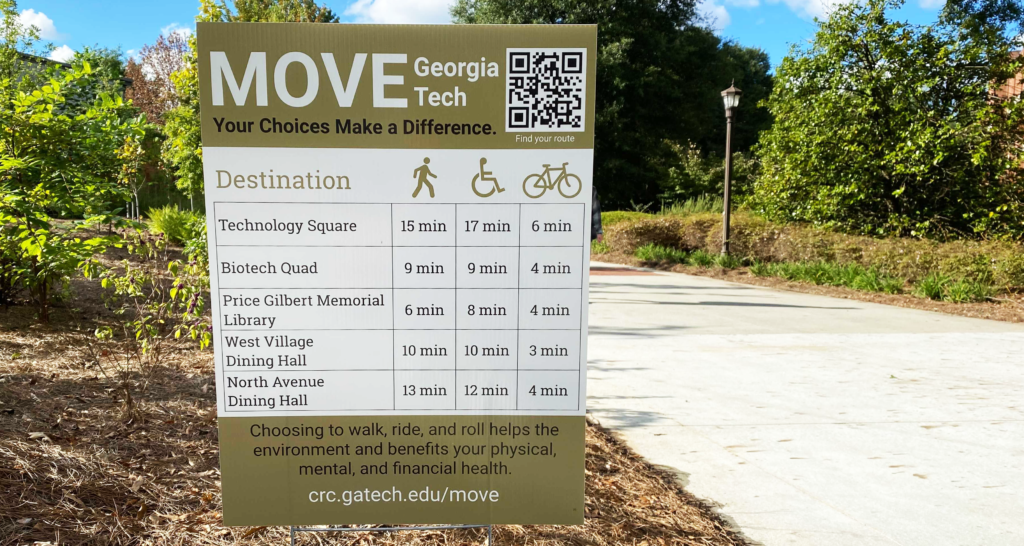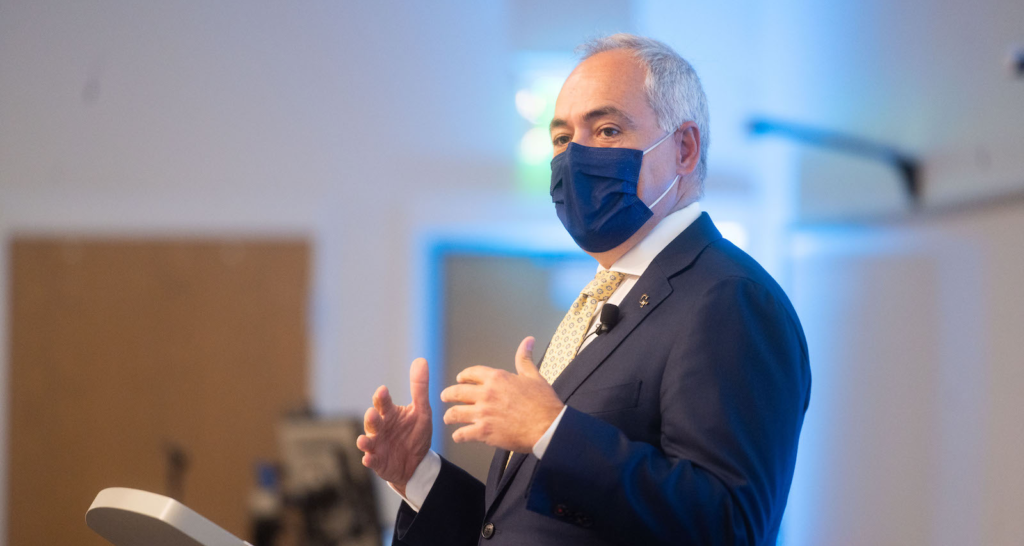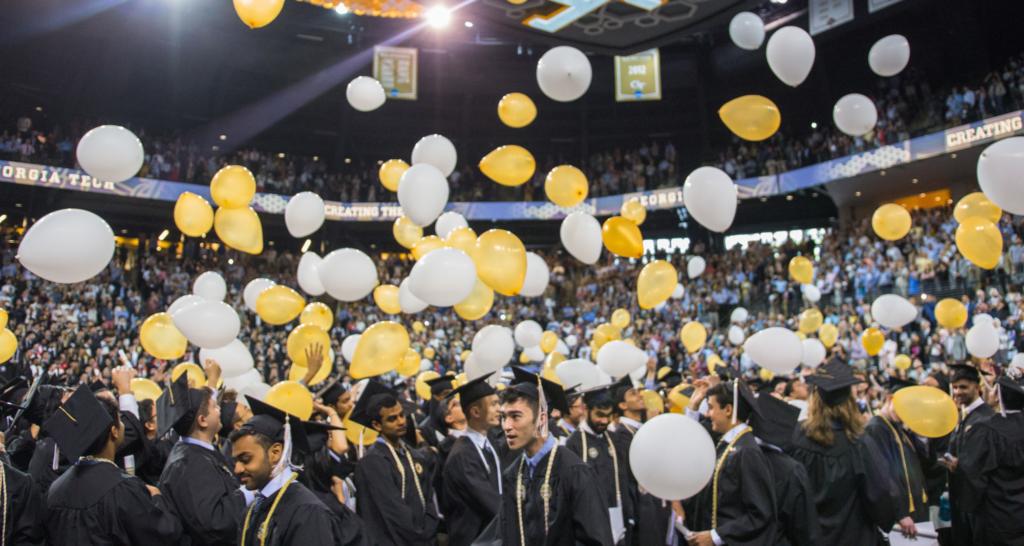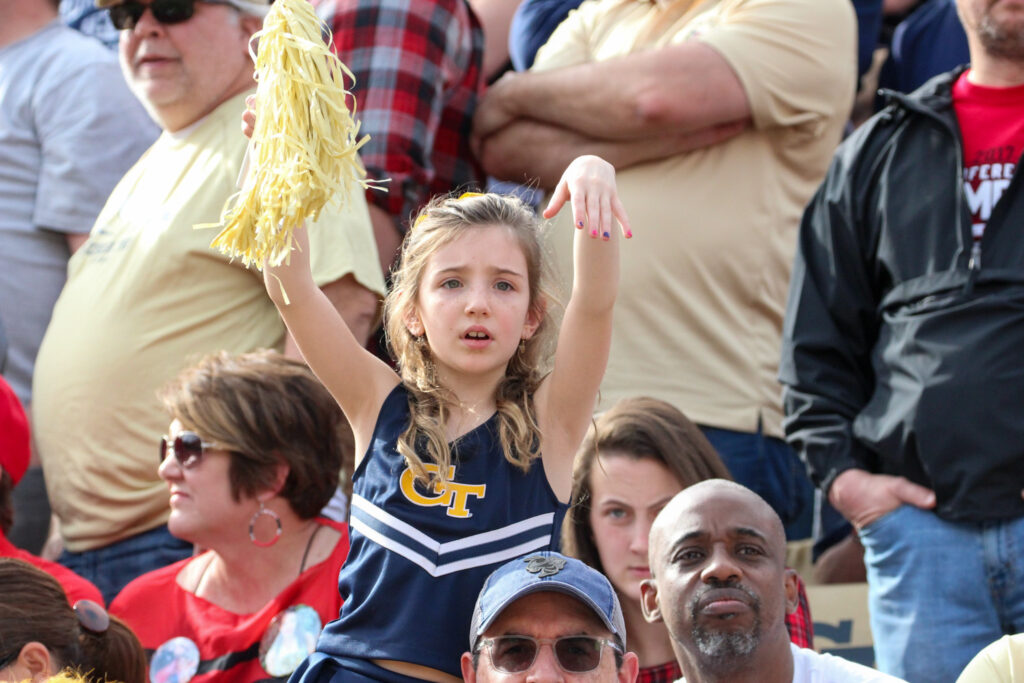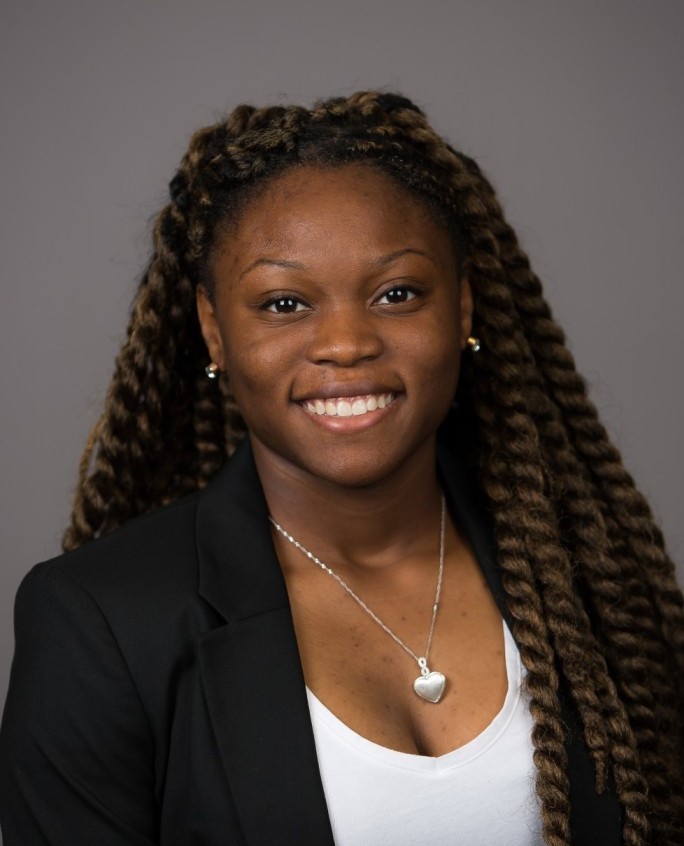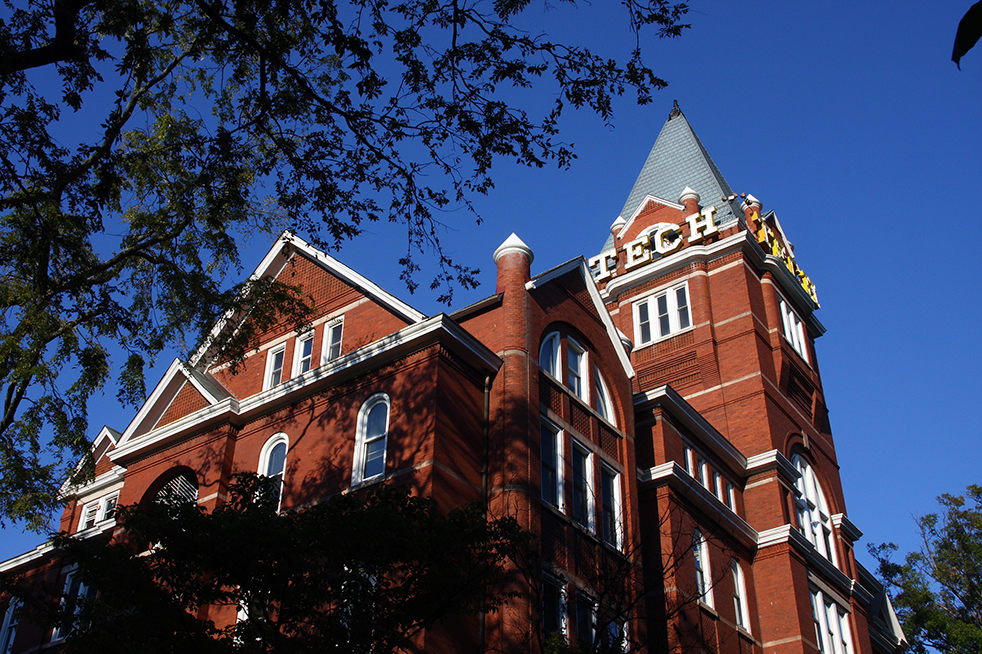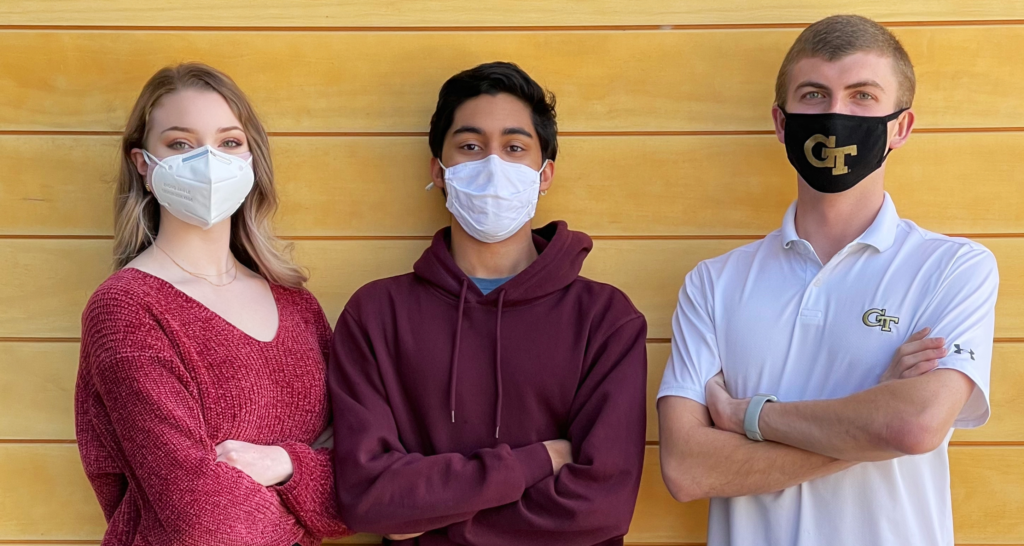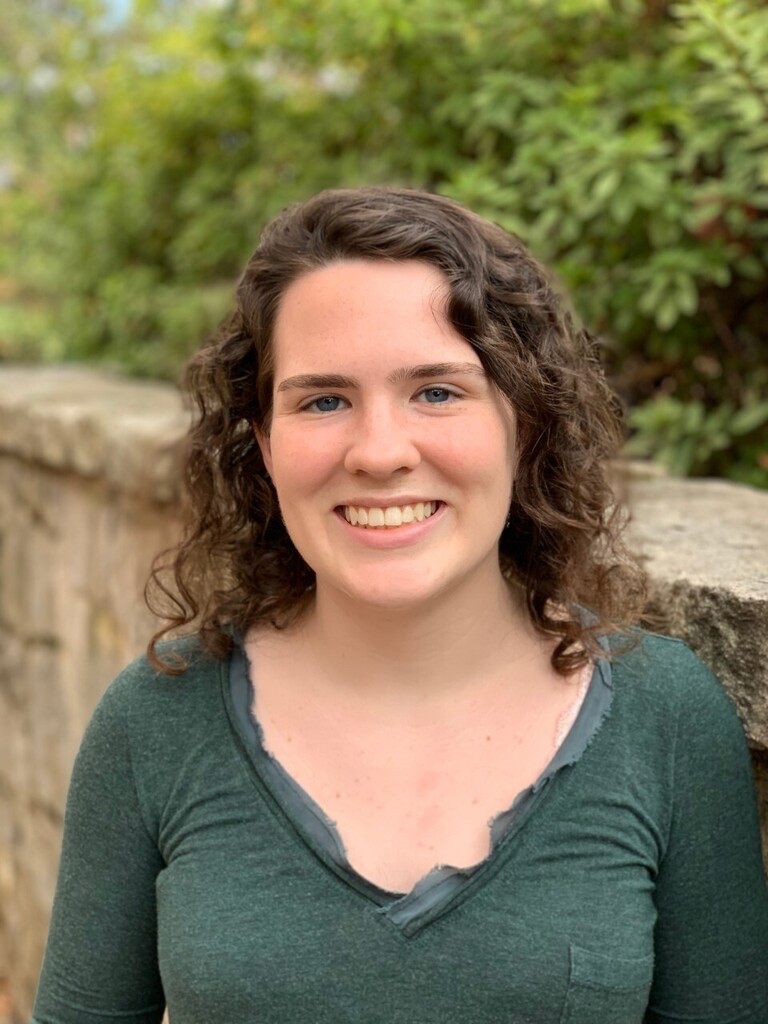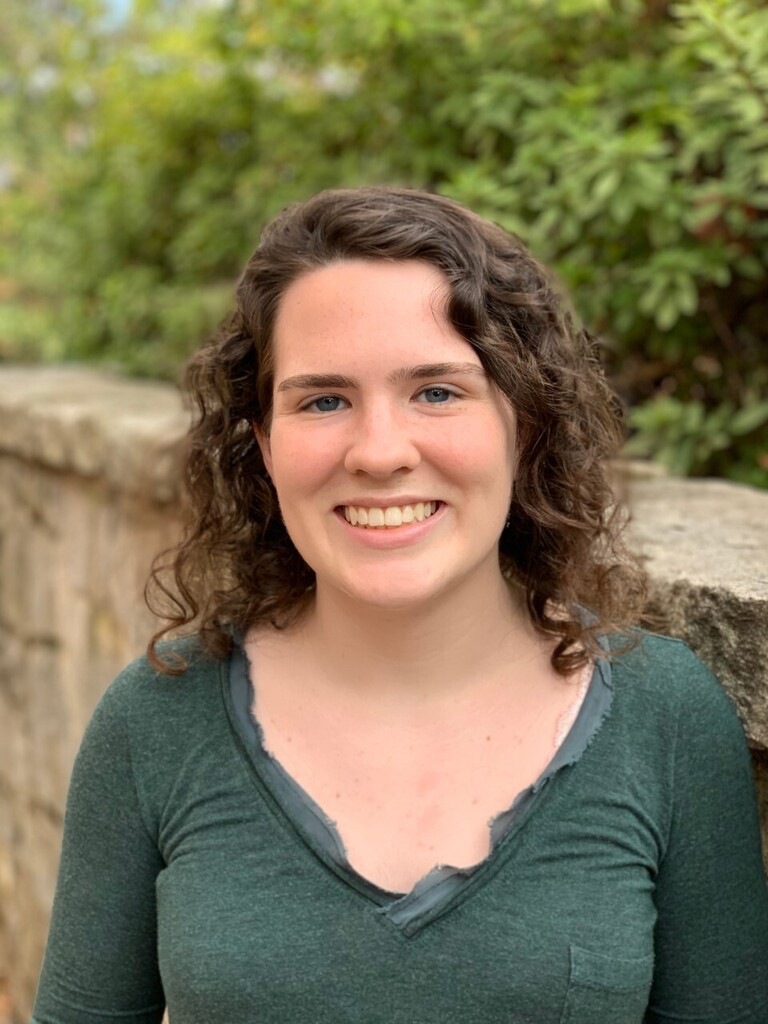
For the past few summers, I have found solace from scooping ice cream for minimum wage by going outside.
Sometimes that is just walking my dog, sometimes that’s going on a run, but the most memorable times are when I decide to go hiking.
Growing up in western North Carolina, I am always close to many hiking trails when I’m home. That also means my friends in my hometown are as well, and I always see their posts of their adventures.
Scenic sunsets over a gaping gorge, cloudless skies above a dizzying overlook, photos of their destinations populate my timeline, but I never see evidence of the hike itself.
When I think back to my favorite hikes the past few years, the views never come to my mind first.
I always remember the forest and the friends I brought along the way.
Planning a hike always centers around the destination, whether it’s going to the peak of some bare rockface or finding a secluded waterfall, but that dismisses the miles in between, where I have gotten the most value from each experience.
Sometimes the trees shrouding the trail overshadow the final peak on a hike. I have driven up to a trail many times and am greeted by a fleeting rainstorm, but pushing on, I see a different kind of view within the woods.
I believe rain is the best thing to happen to a hike with a bad view, as it somehow amplifies the surrounding trees and makes you feel like you’re in some enchanted forest.
Maybe I didn’t get to see the view I wanted to, but rain can create even more precious wonders in the woods.
Other times the hike is the feat of wonder itself. A cold, steep, nine-mile hike I did a year ago isn’t remembered for the views at the top of the mountain, but for the feeling of completion at the summit. After dry-heaving my way up the mountain, I was overjoyed to finally stand on level ground and give my legs a rest.
The journey down was a triumphant one, and the many times I rolled my ankle during the descent could not dull the feeling of accomplishment from the hike.
Some hikes provide nothing at face value, but just finishing them is the memorable part.
My friend and I set off on a hike to a pair of waterfalls one afternoon, and everything went south halfway in. We passed the first falls, and decided to keep going and stop at the second one.
Before we could even get near it though, we got lost and narrowly avoided stepping on a copperhead, and some ominous clouds sent us running back to our cars.
The clouds split open and launched a torrential downpour on us, not refraining from striking nearby trees and making us cower to the ground.
Admittedly, the experience sounds and was awful, but we survived, and that’s why I remember it fondly.
Anything that could have gone wrong did, and that’s what hiking is about: putting yourself at the will of nature.
Maybe the hike seems ruined by rain or the trail tries to do you in, but there’s some intrinsic beauty that can always be found in hiking.
This is what is lacking from some hiking post on Instagram, everything nature throws at you that is not picture-perfect.
The views may be stunning from the top, but the trail itself is always aglow with opportunities for memories to be made on a hike.
Embracing the journey itself can yield much more than the destination on a hike, and I encourage any hiker to revel in the moments in-between and between nature and good company.

